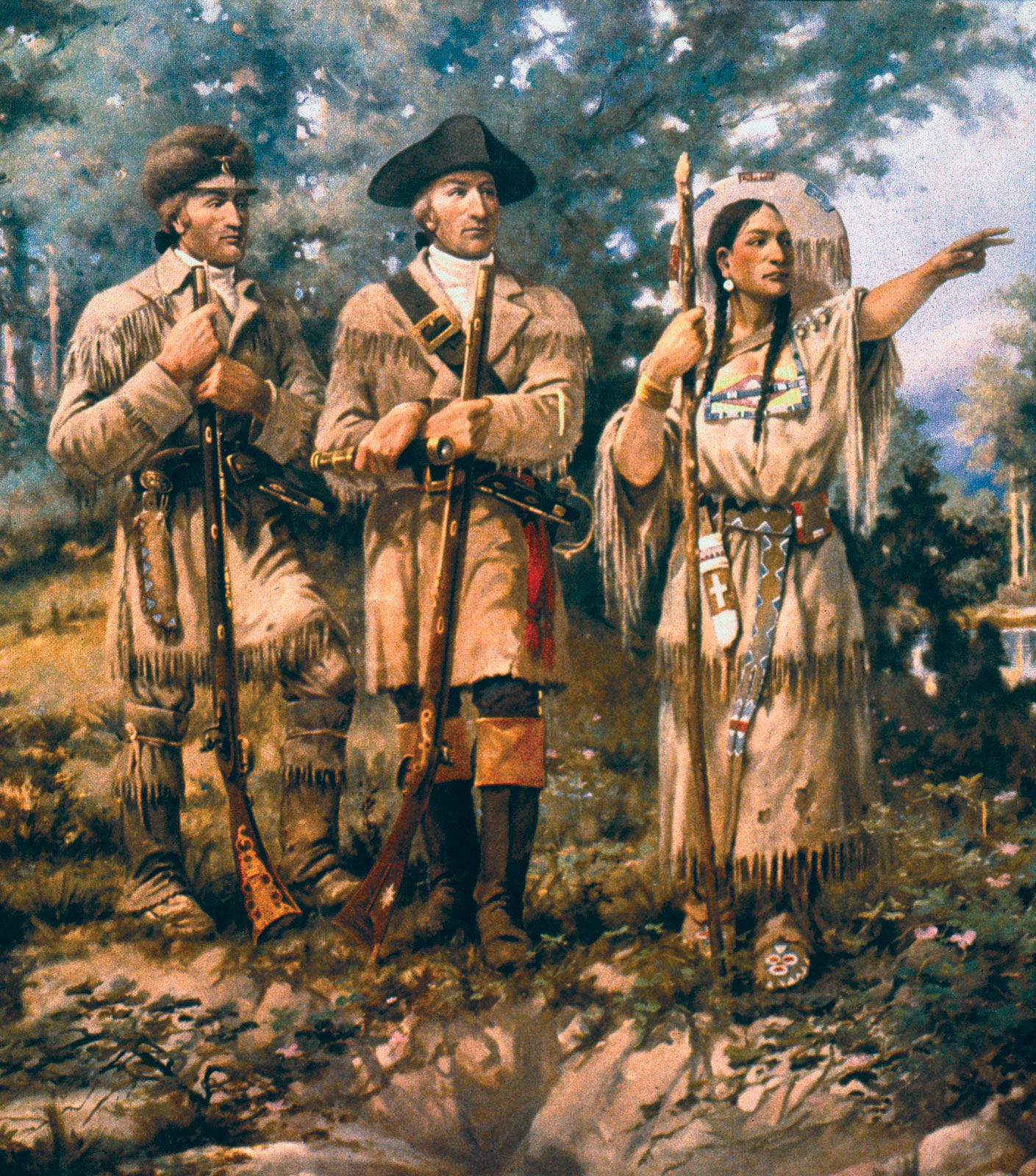 |
| Edgar Samuel Paxson [Public domain] |
You probably know about Pocahontas but what about Sacagawea? The video clip today is about this amazing woman who is regarded as being a key woman in the development of modern USA.
As TOEFL covers things US students learn about or know in their first year in University, it makes sense to know some of these names and dates just in case they come up in reading or listening! Or just because it is interesting!
Having watched several clips about her and read a few different posts, there doesn't seem to be total agreement about her story and so I would suggest that you look around the Internet to find out more and draw your own conclusions.
To set the scene..........
Lewis and Clark were hired by President Thomas Jefferson to lead an expedition across uncharted land back in 1804 - 1806. They spent the winter of 1804-1805 at Fort Mandan where they learnt more about the tribes they would encounter on their expedition.
Sacagawea was a Native American woman who was involved in the expedition.
Who was Sacagawea married to?
Name two of the Native American languages that Sacagawea could speak.
What was her role in the expedition?
How old was she and did she have a baby?
How did she know about the landmarks along the route?
Why was she considered to be a symbol of peace?
Describe the land beyond Fort Mandan.
Why was the boat sent back?
Scroll down to find the answers.....
Who was Sacagawea married to? Toussaint Charbonneau - a French trader
Name two of the Native American languages that Sacagawea could speak. Shoshone, Hidatsa, English and French
What was her role in the expedition? Interpreter and guide along with her husband.
How old was she and did she have a baby? She was 20 and had a newborn baby boy called Jean-Baptiste
How did she know about the landmarks along the route? She had been stolen from her tribe and brought to the East to the Missouri from the Rocky Mountains so she knew not only the landmarks but also the route.
Why was she considered to be a symbol of peace? She was a woman with a baby and this symbolised peace.
Describe the land beyond Fort Mandan .It was uncharted, untested, unknown terrain. It was indeed suspect terrain.
Why was the boat sent back? It was too cumbersome (too bulky or big).
If you haven't tried the other listening exercises then have a go!



